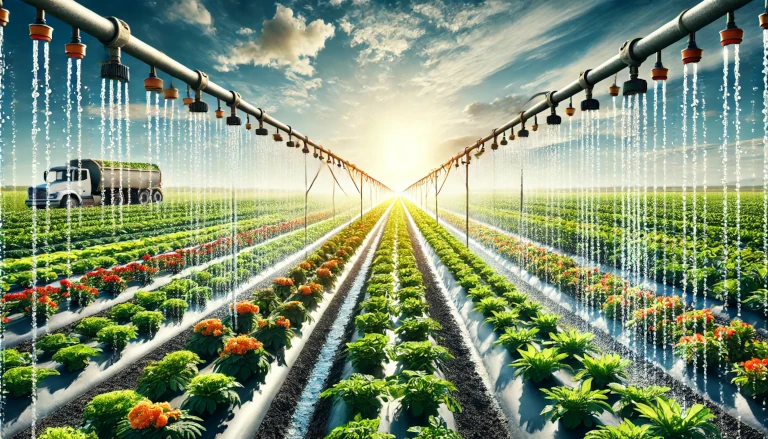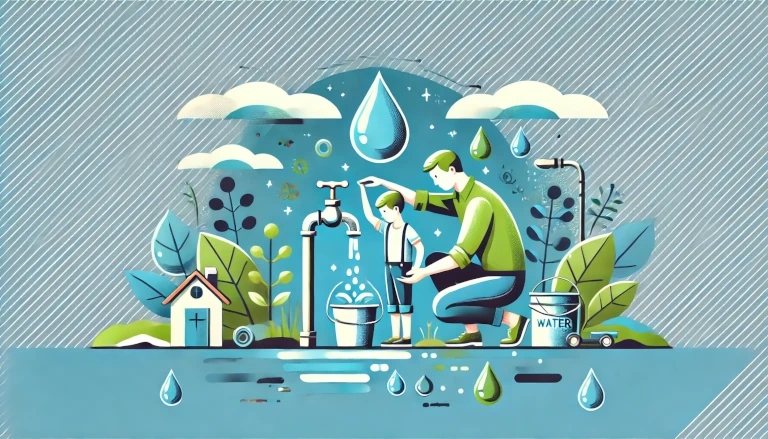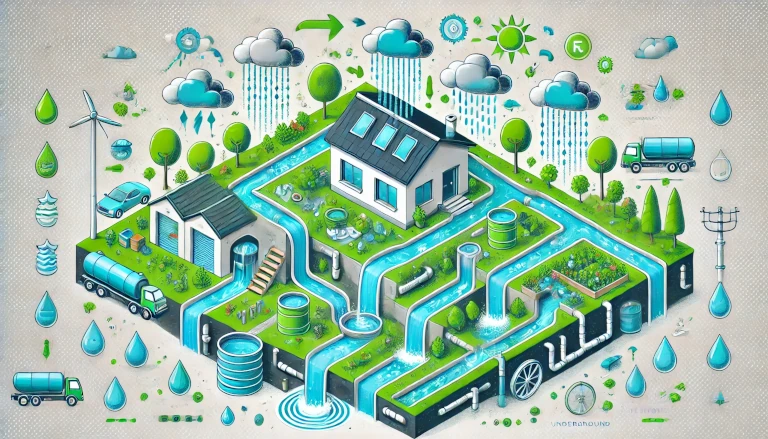Drip irrigation is an innovative method of watering plants that delivers water directly to the roots, reducing water wastage and promoting healthier plant growth. This system uses a network of pipes, tubing, and emitters to distribute water slowly and evenly to plants. Drip irrigation is widely used in both agriculture and gardening because it’s efficient, easy to install, and suitable for a variety of crops and soil types.
In this blog post, we’ll explore what drip irrigation is, how it works, its benefits, and how you can implement it effectively for better water conservation and plant health.
What is Drip Irrigation? 🌾
Drip irrigation is a type of micro-irrigation system that allows water to drip slowly to the roots of plants through a network of tubes, pipes, and emitters. Unlike traditional methods, drip irrigation targets the root zone directly, minimizing evaporation and runoff. This precision ensures that plants get the right amount of water, conserving water and improving crop yield.
Key Components of a Drip Irrigation System 🔧
- Mainline Pipe: The main pipe carries water from the source to the distribution lines.
- Filter: A filter removes particles from the water to prevent clogging.
- Distribution Tubing: Tubes deliver water from the mainline to the plants.
- Emitters or Drippers: These devices control the amount of water released to each plant, ensuring uniform distribution.
How Does Drip Irrigation Work? 🛠️
Drip irrigation works by allowing water to drip slowly to the base of plants through emitters spaced along the tubing. Here’s a step-by-step look at how the system operates:
- Water Source: Water flows from the source, which could be a tank, a well, or a municipal water supply, into the mainline pipe.
- Filtering: The water passes through a filter to remove impurities that could block the emitters.
- Water Distribution: The water is then distributed through the tubing to the emitters placed near the plants.
- Controlled Release: Emitters release water at a slow, steady rate, which is absorbed by the soil and reaches the plant roots directly.
Benefits of Drip Irrigation 🌍
Drip irrigation offers numerous advantages, especially in areas facing water scarcity. Here are some key benefits:
1. Efficient Water Use 💧
By delivering water directly to the root zone, drip irrigation minimizes evaporation and reduces water waste. This system can save up to 50% more water compared to traditional irrigation methods.
- Example: In areas with limited water resources, drip irrigation helps conserve water while ensuring crops receive adequate moisture.
2. Improved Plant Health 🌱
Drip irrigation provides consistent moisture to the root zone, promoting healthier plant growth. It reduces the risk of plant diseases by keeping foliage dry, which is especially beneficial for fruit-bearing plants.
- Tip: By controlling water delivery, drip irrigation prevents overwatering and promotes deep root growth, which makes plants more resilient.
3. Weed Reduction 🌿
Since water is only delivered to specific areas, unwanted weeds receive less moisture and are less likely to grow. This reduces the need for herbicides and minimizes competition for nutrients.
4. Adaptability to Various Landscapes 🌄
Drip irrigation can be customized for different terrains, including slopes, uneven ground, and small spaces. It’s suitable for gardens, farms, greenhouses, and even potted plants.
5. Cost Savings 💵
Although the initial setup can be costly, drip irrigation reduces water bills over time and decreases the need for fertilizers and herbicides, leading to long-term cost savings.
Types of Drip Irrigation Systems 🌊
Drip irrigation systems come in various types, each suited for specific applications. Here are some common types:
1. Surface Drip Irrigation 🌱
This system involves laying tubing on the soil surface, making it easy to monitor and adjust. It’s ideal for row crops and vegetable gardens.
2. Subsurface Drip Irrigation 🌿
In this system, tubing is buried below the soil surface. It’s suitable for deep-rooted plants and helps reduce evaporation further.
3. Micro Sprinkler Irrigation 🌸
While similar to drip irrigation, micro sprinklers emit a fine mist, covering a larger area. This method is commonly used in orchards and for crops that require a bit more water.
Tips for Implementing Drip Irrigation Effectively 🌻
To get the most out of your drip irrigation system, follow these simple tips:
- Choose the Right Emitters 🎯: Select emitters based on your plant’s water needs. Adjustable emitters offer flexibility for different types of plants.
- Monitor and Maintain the System 🛠️: Regularly check for clogs and leaks in the tubing. Clean the filter to ensure efficient water flow.
- Set Up a Timer ⏰: Using a timer allows you to automate the system, ensuring plants receive water at optimal times, such as early morning or late evening, to reduce evaporation.
- Use Mulch 🌾: Applying mulch around the plants helps retain soil moisture, further improving water efficiency.
Practical Example: Drip Irrigation in a Home Garden 🏡
For a small home garden, a surface drip irrigation system is often the most convenient. You can easily set up a basic kit with tubing, connectors, and emitters to water your plants. Position the emitters near each plant’s base, and use a timer to automate watering.
- Example: For tomato plants, position an emitter at the base of each plant. Use a timer to water them for 15 minutes each morning, ensuring they receive consistent moisture.
Embracing Drip Irrigation for Sustainable Water Use 💧🌱
Drip irrigation is a powerful tool for sustainable agriculture and water conservation. By using this efficient watering method, you can save water, improve plant health, and reduce maintenance efforts. Whether you’re a home gardener or a large-scale farmer, drip irrigation offers a practical solution to modern water challenges. By embracing this technology, we can promote more sustainable and productive agricultural practices.
Discover more from Green Ecosystem - Renewable Energy, Agriculture, and Environmental Sustainability
Subscribe to get the latest posts sent to your email.


